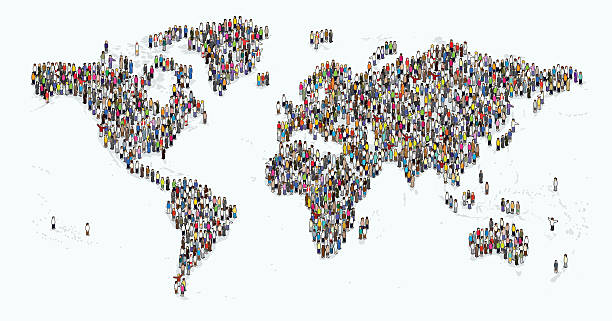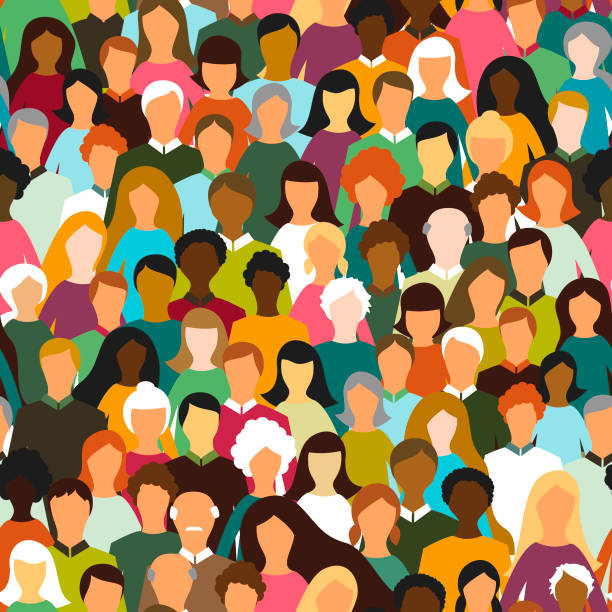Explore diverse demographic trends

Introduction
When we think about demographics, we often associate them with numbers and percentages that companies or governments utilize. However, behind those numbers are real stories, trends, and insights about populations. Lets understand and learn about the different examples of demographics and their impact on society.
Examples of Demographics: A Primer
Demographics are statistical data that pertain to particular groups within a population. It offers a snapshot of how populations are structured and their tendencies.
Age Groups
Age is a fundamental demographic metric. By understanding different age brackets, companies and policymakers can forecast needs. For instance, regions with a younger demographic might require more schools, while an older demographic could indicate a need for healthcare facilities.
Gender Breakdown
This demographic highlights the male-to-female ratio within a population. Gender demographics aid in everything from product development to understanding societal norms and biases.
Income Levels
Understanding the economic stature of a demographic is pivotal. Income levels can highlight disparities and guide policies for social welfare.
Cultural Demographics
Culture shapes societies and determines our beliefs, practices, and behaviours.
Ethnic Backgrounds
Ethnicity offers insights into ancestral roots and cultural practices. This demographic helps in understanding the diversity within a population.
Language Spoken
Language demographics reveal the primary languages spoken in a region. It aids in educational planning, media broadcasting, and more.
Religious Affiliations
Religion plays a significant role in many people’s lives. Understanding religious demographics can be instrumental in areas such as holiday planning and community development.
Geographical Demographics
Location-based demographics offer unique insights into how populations are distributed.
Urban vs. Rural
Urbanization is a significant trend worldwide. Understanding urban versus rural demographics can guide infrastructure development and policy implementation.
Regional Distributions
Regional data showcases how populations are dispersed. This can be crucial for electoral processes and resource allocation.
Education and Profession
Educational and professional demographics paint a picture of a population’s skill set and expertise.
Highest Education Achieved
Higher education often correlates with opportunities. This demographic can highlight potential for growth and areas needing educational interventions.
Occupations and Industries
A population’s primary industries and occupations can indicate economic strengths and vulnerabilities.
Life Choices and Lifestyle
Choices we make can also be part of demographic studies, from marital status to our hobbies.
Marital Status
This metric can shed light on societal norms, living conditions, and even economic factors.
Parenting and Family Size
Family size and child-rearing practices offer insights into societal structures and future demographic shifts.
Health and Well-being
A population’s health can be a barometer for its overall well-being.
Physical Health Factors
Metrics like life expectancy, prevalent diseases, and fitness levels can guide public health policies.
Mental Health Indicators
Increasingly, mental health demographics are gaining attention, guiding resources to where they’re most needed.
Technology and Media
In our digital age, understanding tech and media habits is crucial.
Internet Usage and Preferences
From internet penetration rates to preferred platforms, this offers insights into how connected a population is.
Preferred Media Channels
Understanding whether a demographic leans towards traditional media or digital platforms can guide marketing and content creation.
How Companies Use Demographics
Businesses leverage demographics to tailor their strategies and optimise results.
Targeted Marketing Strategies
By understanding their audience, companies can create more resonant marketing campaigns.
Product Development
Demographic data can inform product design, ensuring it meets the needs of the intended audience.
Conclusion
Demographics are more than just numbers. They’re stories, insights, and guides that help us navigate an ever-evolving world. By understanding examples of demographics, we gain a clearer picture of our global community and the forces shaping it.

FAQs
- How are demographics gathered?
Various methods, including surveys, censuses, and data analytics, are employed to collect demographic data.
- Why are demographics important for businesses?
They help businesses understand their target audience, allowing for better product development and marketing strategies.
- How often do demographics change?
Demographics are dynamic and can change over time due to various factors like migration, birth rates, and societal shifts.
- What’s the difference between demographics and psychographics?
While demographics focus on statistical data, psychographics delve into behaviours, attitudes, and interests.
- Can demographics be used to predict future trends?
Yes, many researchers use demographic data to forecast trends in areas like economy, health, and social behaviours.
- Are there privacy concerns with collecting demographic data?
Yes, it’s essential to ensure data collection respects individual privacy rights and follows relevant regulations.
External Links/ Sources:
Demographics: How to Collect, Analyze, and Use Demographic Data
